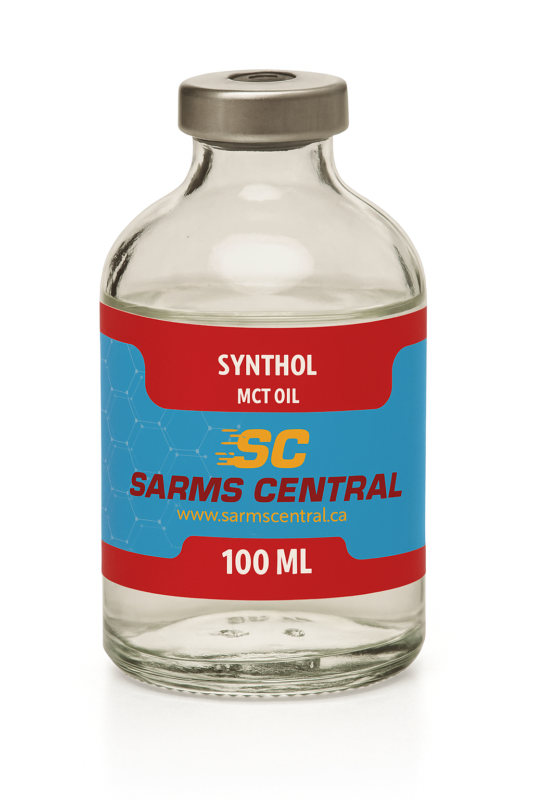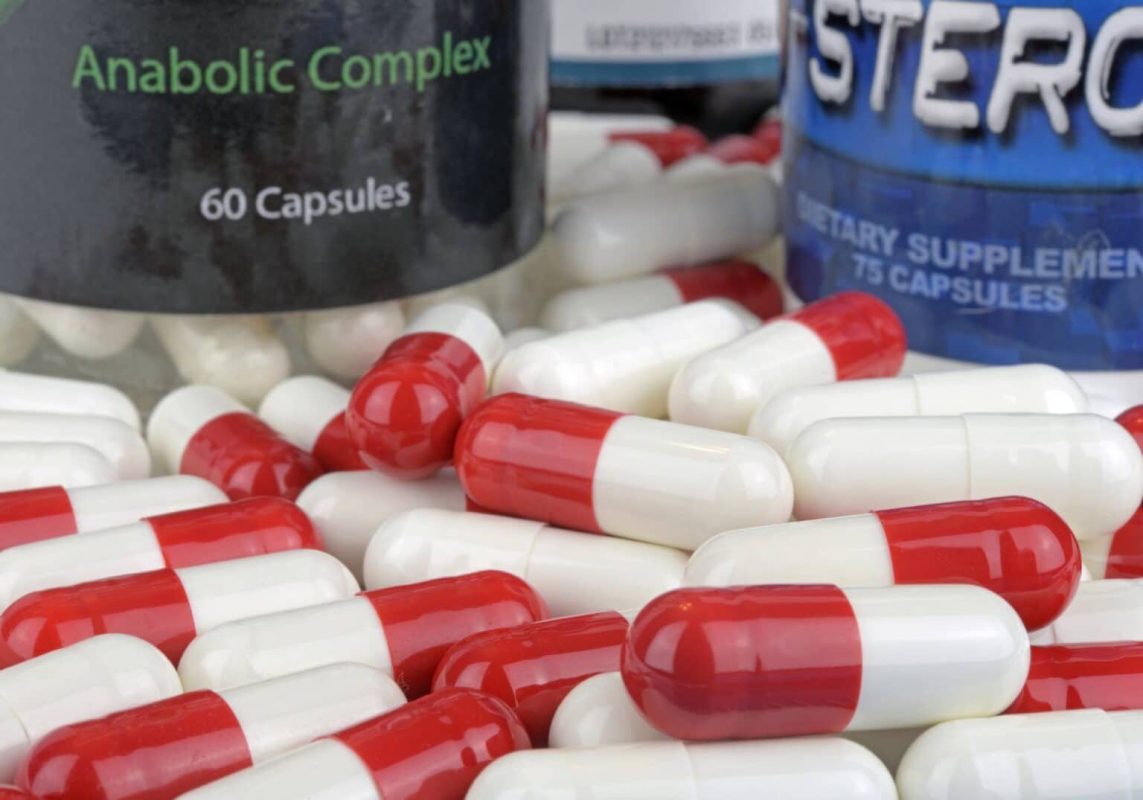Are Synthol Oil Injections Worth the Hype for You?

You’ve probably heard of synthol oil injections as a shortcut to bigger muscles. These injections are made of roughly 85 percent medium-chain triglyceride oil, with the rest split between lidocaine and alcohol. Some gym goers rave about instant gains, but that size boost comes without any real strength improvement (MCT oil merely pushes muscle fibers apart).
Good news—you don’t have to rush into a risky procedure to build muscle.
Understanding synthol injections:
What synthol contains?

Synthol is a site-enhancement oil composed of:
- 85 percent medium-chain triglyceride (MCT) oil (the active agent that expands muscle tissue)
- 7.5 percent lidocaine (a local anesthetic to ease injection pain)
- 7.5 percent benzyl alcohol (a preservative)
How it works?
When you inject synthol into a target muscle, the oil settles between muscle fibers. That pushes the fibers outward, making the muscle belly look bigger almost immediately. The effect can last three to five years, since the body can’t absorb or break down the oil.
Common uses and appeal
Bodybuilders often target visible muscles—biceps, triceps, deltoids, calves, even pecs. The lure is clear
- Instant size: no months of extra bulk required
- Controlled shaping: you pick the exact area to inflate
- Cosmetic confidence: larger muscles can look impressive in photos or on stage
If you want to see real cases, check out synthol before and after. For a deep dive on how people use it in competitions, visit our guide to synthol muscle enhancement.
Potential benefits
Immediate visual gains
- Instant fullness: muscles swell within minutes
- Custom targeting: you choose which muscle to augment
- Long-lasting appearance: effects remain until surgical removal
You won’t get any real strength boost, since synthol oil doesn’t stimulate protein synthesis or increase muscle fiber size. Still, if you compete on aesthetics alone, that quick bulk can feel appealing.
Psychological appeal
A sudden improvement in your physique can give you a mental edge. Seeing fuller muscles in the mirror may:
- Boost motivation to train regularly
- Improve confidence in gym sessions
- Encourage you to refine your diet and routine
Keep in mind that these psychological perks hinge on appearance, not performance.
Health risks and complications
Localized side effects
Injecting oil under the skin or into muscle can cause:
- Pain, swelling, redness at injection site (common within hours)
- Oil-filled cysts (oleomas) and hardened nodules (Swiss cheese pattern on MRI)
- Skin ulcerations, infections, abscesses
A 29-year-old bodybuilder case study described repeated injections that led to scattered cystic fatty lesions in his biceps.
Surgeons found massive fibrosis and no healthy muscle tissue left (2021).
Systemic and long-term dangers
Even if you avoid immediate infection, more serious issues can arise:
- Oil embolism (if injected into a vein or artery) causing stroke or heart attack
- Pulmonary embolism if oil travels to the lungs
- Granulomas in distant organs, like lungs or kidneys (reported in a 2021 case of buttock augmentation)
- Nerve damage, chronic pain, permanent muscle deformity
Complications might show up within weeks or only after several years. Once fibrosis sets in, muscle tissue can scar and shrink, leaving painful, immobile masses.
Treatment options for complications
There’s no simple cure for synthol-related damage. Depending on severity, doctors may recommend:
- Antibiotics or corticosteroids for infection and inflammation
- Compression therapy to control swelling
- Surgical excision of damaged tissue (reserved for severe cases)
Surgical removal can relieve pain, but it often leaves permanent scarring and may further weaken muscle function. You can learn more about these issues in our articles on synthol side effects and synthol bodybuilding risks.
Safer alternatives
Progressive training strategies
Good news—you can build natural size and strength without exotic oils.
Focus on:
- Progressive overload: gradually increase weight or reps over time
- Compound lifts: squats, deadlifts, bench presses engage multiple muscle groups
- Periodization: cycle intensity and volume to avoid plateaus and overtraining
Optimized nutrition approach
Your diet fuels gains. Aim for:
- A moderate calorie surplus (250–500 extra calories daily)
- 1.6–2.2 grams of protein per kilogram of body weight (chicken, fish, dairy, legumes)
- Balanced carbs and healthy fats for energy and recovery
Tracking macros with an app can keep you honest and highlight where you need tweaks.
Approved supplement options
If you want a legal boost, consider:
- Creatine monohydrate (0.1 g per kg body weight daily yields 3–5 percent strength gains over weeks)
- Whey protein (quick-absorbing post-workout source)
- Beta-alanine or HMB (may support endurance and reduce muscle breakdown)
Supplements won’t give instant “pump” like synthol, but they support real tissue growth with minimal side effects when used correctly.
Quick recap and next steps
- Synthol injections offer instant cosmetic size but no strength benefit.
- They contain 85 percent oil, 7.5 percent lidocaine, and 7.5 percent alcohol—none of which promote muscle growth.
- Local risks include infections, cysts, fibrosis; systemic risks range from embolism to organ damage.
- Treating complications often requires surgery, which can leave lasting scars and functional loss.
- You can achieve safer, sustainable gains through solid training, nutrition, and proven supplements.
Choose one safer strategy—maybe a new lift, a nutrition tweak, or a creatine trial—and give it at least eight weeks.
You’ll build true muscle and strength while avoiding the potentially life-threatening downsides of synthol oil injections.
You’ve got this! Let us know in the comment on your feedback.


